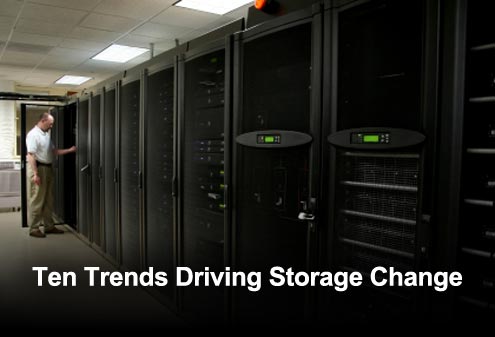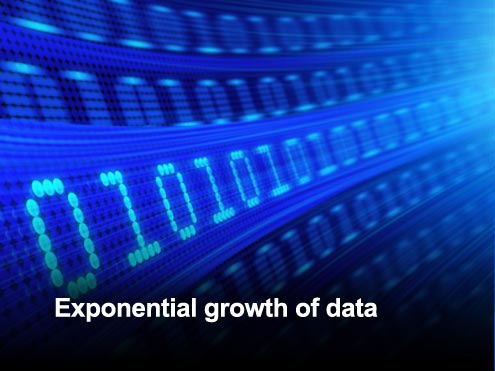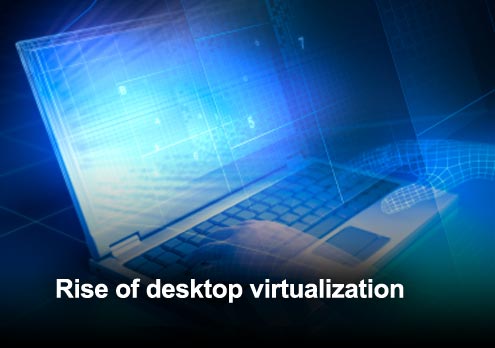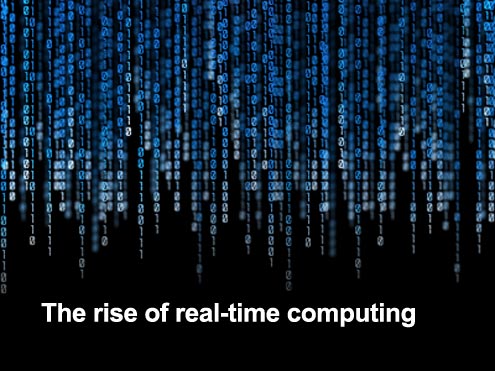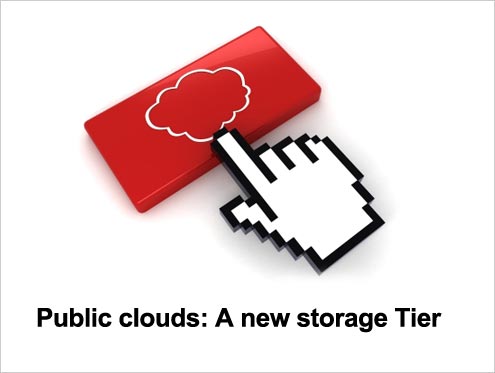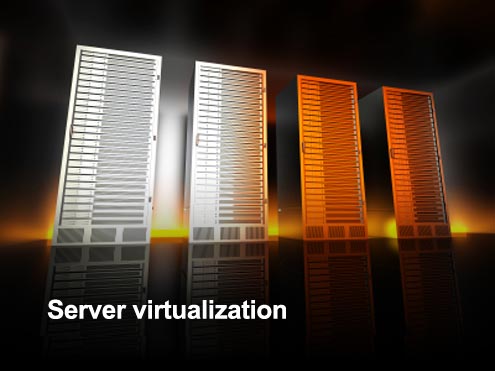We’re on the cusp of great change in the realm of enterprise storage. While the sheer volume of data that needs to be managed continues to spiral, advances in compression and data deduplication, coupled with increased usage of Flash memory and bigger hard drives, promise to give IT organizations a fighting chance when it comes to storage management.
In fact, Nexsan CTO Gary Watson says customers should expect to see 4TB SATA diskdrives in 2012 and performance numbers for SSDs should reach 1 million IOPs per second on SSDs in the coming year, which should which he says will have some interesting implications for the continued use of hard-disk drives for Tier 1 storage. Before too long SSDs will achieve 5 million IOPS per second once vendors start leveraging a native PCI Express interface, which Watson says should be able to handle the performance requirements of any known application.
Nexsan, a provider of high-density storage systems aimed primarily at the midmarket that just signed up its 10,000th customer, is currently validating these next-generation SSDs for use in its storage systems, said Watson.
At the same time, it will soon be possible for a single administrator to manage as much as 10 petabytes of data, which means that while the amount of data that needs to be managed will continue grow, the actual cost of managing that data in terms of IT labor will not necessarily grow exponentially. Critical advancements that will enable that to happen will be the advent of richer graphical management tools capable of automating most routine management tasks.
None of this means that the growth of data is not a serious issue; it just means that a proactive approach to manage all the data can mitigate a lot of the issues.
Ideally, IT organizations will need to manage data as a service, which means really identifying what data has the most value to the business and prioritizing the management of that data accordingly. The rest of the data in the enterprise can then be more aggressively moved to lower tiers of storage on premise or in the cloud, which serves to help keep storage costs under control.
In the next year, IT organizations will see more innovation in storage technologies, especially when it comes to SSD technology that is already being rapidly adopted, than anything seen in the past two decades. In the minds of many IT professionals, that innovation is already long overdue given the growth of interest in analytics applications and increased demands for more stringent compliance requirements.
Click through for ten trends affecting storage today.
- Data is expected to grow by a factor of 44 in the next few years.
- Existing storage technologies simply don’t scale.
- Cost of labor is becoming prohibitive.
- Admins need to be able to manage 10+ Petabytes each.
- Slow to take off; but there are many flavors.
- Microsoft gearing up for major push; VMware making progress.
- Basically pushes desktop storage to the server.
- Creates potential for I/O bottlenecks.
- Perennial top ten CIO issue.
- Virtual machines are mobile.
- Virtualization and the cloud change economics.
- There is a need to move large amounts of data over a WAN quickly.
- More regulations than ever.
- Government sees this as revenue source.
- Burden of proof is now on IT.
- It’s all about archive management.
- Analytics is the killer application.
- Business leaders tired of guessing.
- Hadoop and other NoSQL technologies make big data cost effective.
- Existing systems not designed for big data requirements.
- Inexpensive flash memory drives solid-state disk adoption.
- Memory prices falling.
- From terabyte to petabytes: Lots of new memory technologies on the horizon.
- In-memory computing creates new class of servers
- Just another tier of storage in a hybrid cloud world.
- No other way to really cost-effectively deal with tier-two storage.
- “CloudFlation”: Too many clouds chasing too few customers drives pricing lower.
- IT departments want to be in control.
- By far the dominant cloud model.
- Private cloud does not equal on premise.
- Compliance and security drive private clouds.
- Performance really does matter.
- Now moving to mission-critical applications.
- SMB organizations just starting to adopt.
- Need to create pools of heterogeneous compute and storage resources.
- No idea what data has real business value.
- IT organizations don’t manage data well.
- Greater need for automation across tiers of storage.
- Best chance to reduce storage costs.



